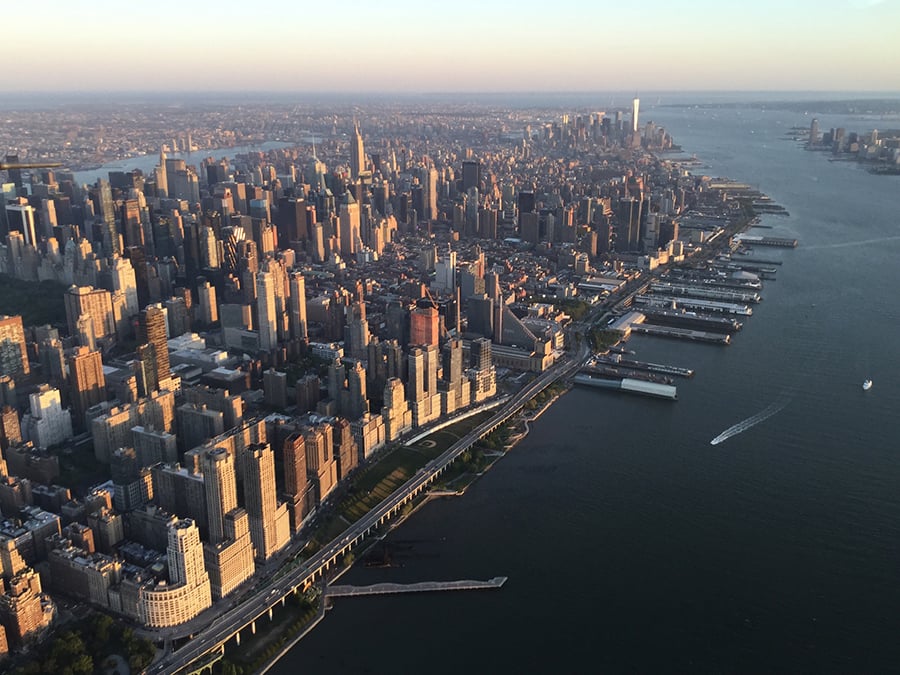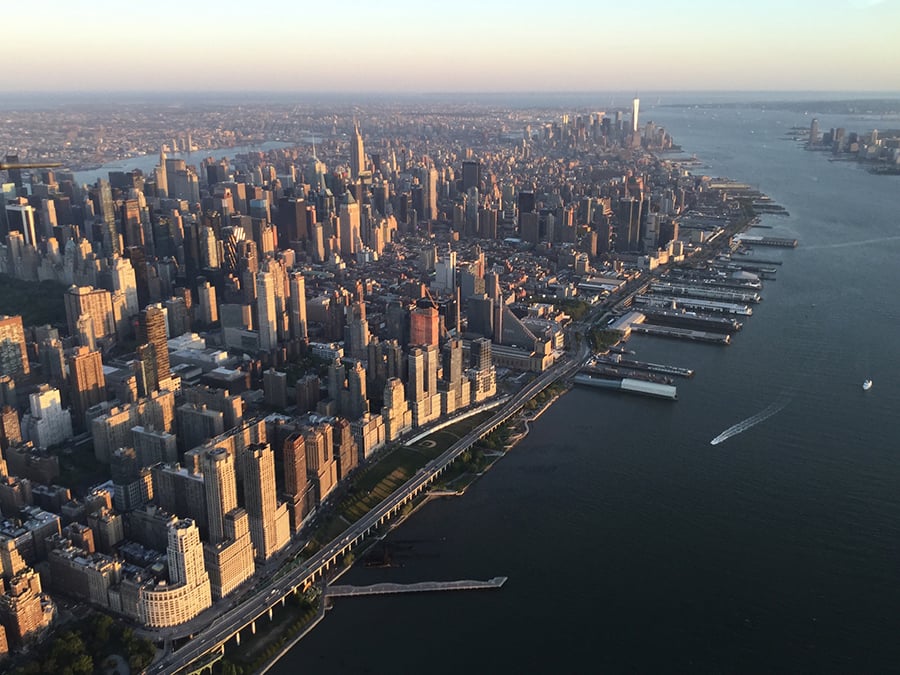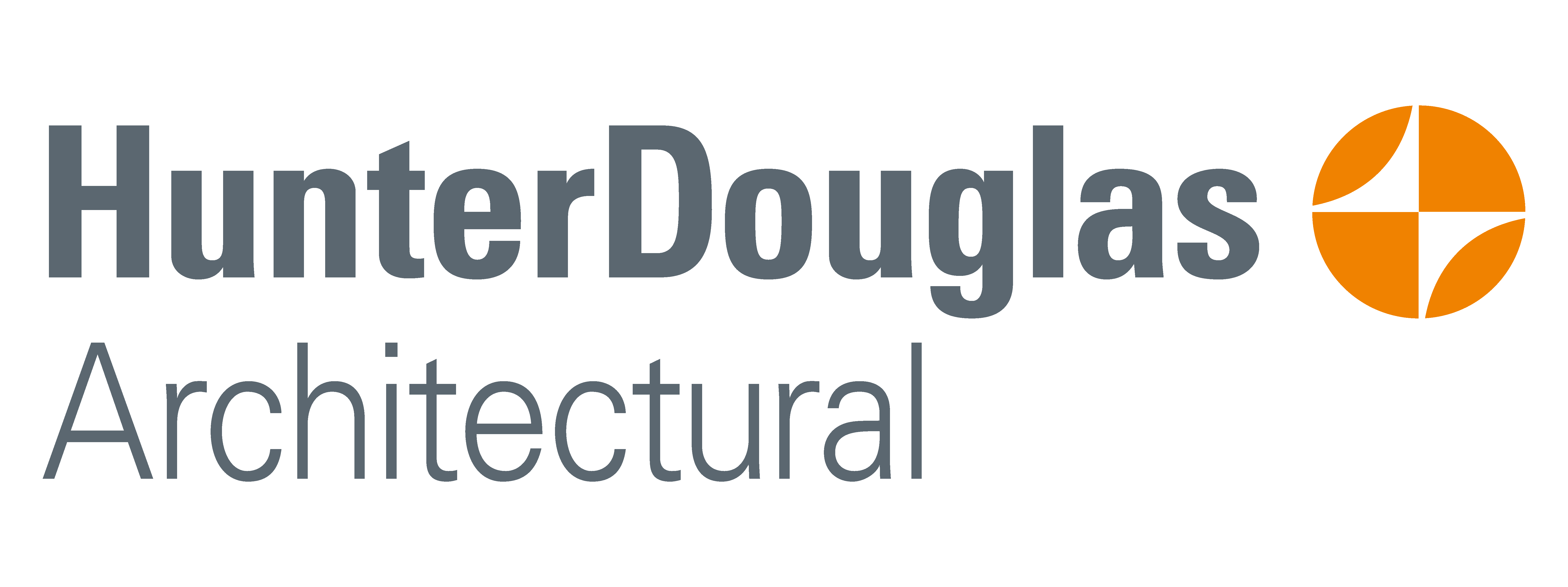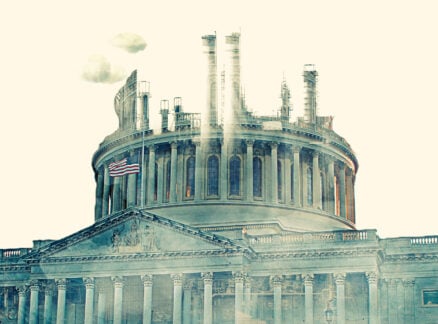
June 19, 2018
The Big Questions Looming for the AIA Conference on Architecture
The AIA Conference covers an impossibly diverse array of topics, from preservation to public health, but certain key themes standout this year.

No one could claim this was a quiet year in architecture: devastating storms highlighted the challenges of climate change while workplace sexual harassment allegations have forced a frank conversation on the industry’s norms and values. While these events have made equity and resiliency timely and relevant, those topics are substantial and complex—there will be no quick fixes or silver bullets.
As the conference kicks off, Metropolis is looking at a few essential questions that will help define this gathering’s success or failure:
When it comes to equity and diversity:
- Though the AIA has devoted considerable time and resources to finding solutions to retain and promote women architects, men still make up about 80 percent of the profession. How can architects continue to have real conversations—and real outcomes—about this matter? How can architecture offices expose and begin addressing the gender pay gap?
- In the wake of #MeToo, design offices are beginning to take a hard look at internal policies and practices, especially when it comes to sexual discrimination. What can architects do to ensure that offices are positive, safe working environments for all?
- This year marks the 50th anniversary of Whitney M. Young Jr.’s fiery address at the 1968 AIA conference in Portland. Nearly half a century later, the profession remains one of the least diverse fields in America, with African Americans making up just 2 percent of licensed architects. How can the AIA continue to move the needle on this issue and promote a diverse, inclusive field?
- How can designers check unconscious bias and create well-designed and equitable spaces for all people—regardless of gender, race, or economic status?
When it comes to cities, sustainability, and resiliency:
- Resiliency has a strong socioeconomic dimension—the poorest neighborhoods are typically hardest-hit and slowest to recover from natural disasters. How can architects address this dimension of resiliency?
- Sustainability has long been defined by energy efficiency, but many industries are now looking to the entire life-cycle and environmental footprint of their products. How will architects do the same for buildings?
- Technology promises to vastly change how cities operate, especially in terms of transportation. Can architects become a force in shaping how “smart city” technologies are developed and deployed?
Metropolis will be at multiple sessions throughout the conference to take the profession’s pulse on these essential questions, such as “Inventing & Reinventing Cities: An Urban Agenda” (TH109), “Show me the Money? Exploring Pay Transparency.” (TH317), “Refugees, Resiliency, and Public Space: Architects Respond to Syria” (FR115), “3.5% Solution: How Will We Make Future Cities Livable?” (FR208), “Housing the Next 10,000 in your Neighborhood” (FR402), and “Harassment in the Workplace, Part 1–Compliance and Culture” (FR519).
You may also enjoy “8 ‘Hidden’ Architectural Gems to See While You’re In New York for AIA.”






